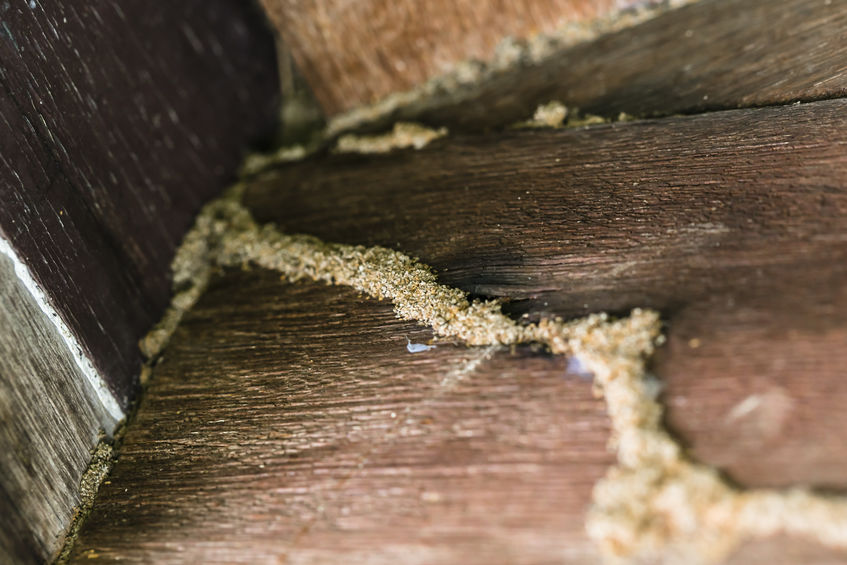As a result of the COVID pandemic, many businesses have gone under and countless individuals have lost their jobs. Anyone who is not an essential worker has been staying almost entirely indoors, and many businesses have adapted to the pandemic by having their employees work from home. Surprisingly, pest control professionals have been staying busy during the pandemic, but many customers are not able to immediately pay for services. As a consequence of spending most of their time indoors, residents have been encountering pests within their home that they would not have noticed under normal circumstances. For example, some pest control firms in Massachusetts have noted that the number of requests for termite inspections is around 40 percent higher than usual for this time of year.
A thorough termite inspection within and around a home is always the first step pest control professionals take when addressing residential termite complaints. According to the official termite hazard map developed by the US Department of Agriculture, Massachusetts is located within a geographic region where termite pest activity is deemed “moderate to heavy.” Homes located in this region should be professionally inspected once per year for wood-destroying organisms, namely eastern subterranean termites.
Subterranean termite colonies are located below the ground where workers tunnel through soil in search of nutritious cellulose in the form dead wood and other forms of rotting plant matter. Subterranean termites are heavily dependent on soil moisture, and exposure to the outside air will cause them to rapidly dessicate and die. Because of this, colonies and their inhabitants remain in moist ground soil at all times, and only workers infest structural wood components that are in contact with the ground. In order to reach above ground structural wood in homes, workers must first construct pencil thin and air tight mud tubes out of a hardening mixture of soil, bits of wood, feces, and gummy saliva. These mud tubes are often found protruding from the ground against exterior foundation walls, and their presence clearly indicates that an infestation has been established.
Since termites remain out of human sight at all times, finding mud tubes is one of the most common reasons residents give for contacting a pest control service about termite pest issues. However, spotting a swarm indoors or near a home is the most commonly cited motivation for contacting a pest control service about suspected termite infestations. This is why most termite service calls occur during the spring swarming season. Since the quarantine began last March, homeowners have been spotting termite swarms that they would not have noticed had they still been working away from home, as eastern subterranean termite swarms only emerge during the daytime hours. This likely explains the unusually high rate of termite service calls in Massachusetts.
Have you spotted a termite swarm this year, or do you know someone who has?

